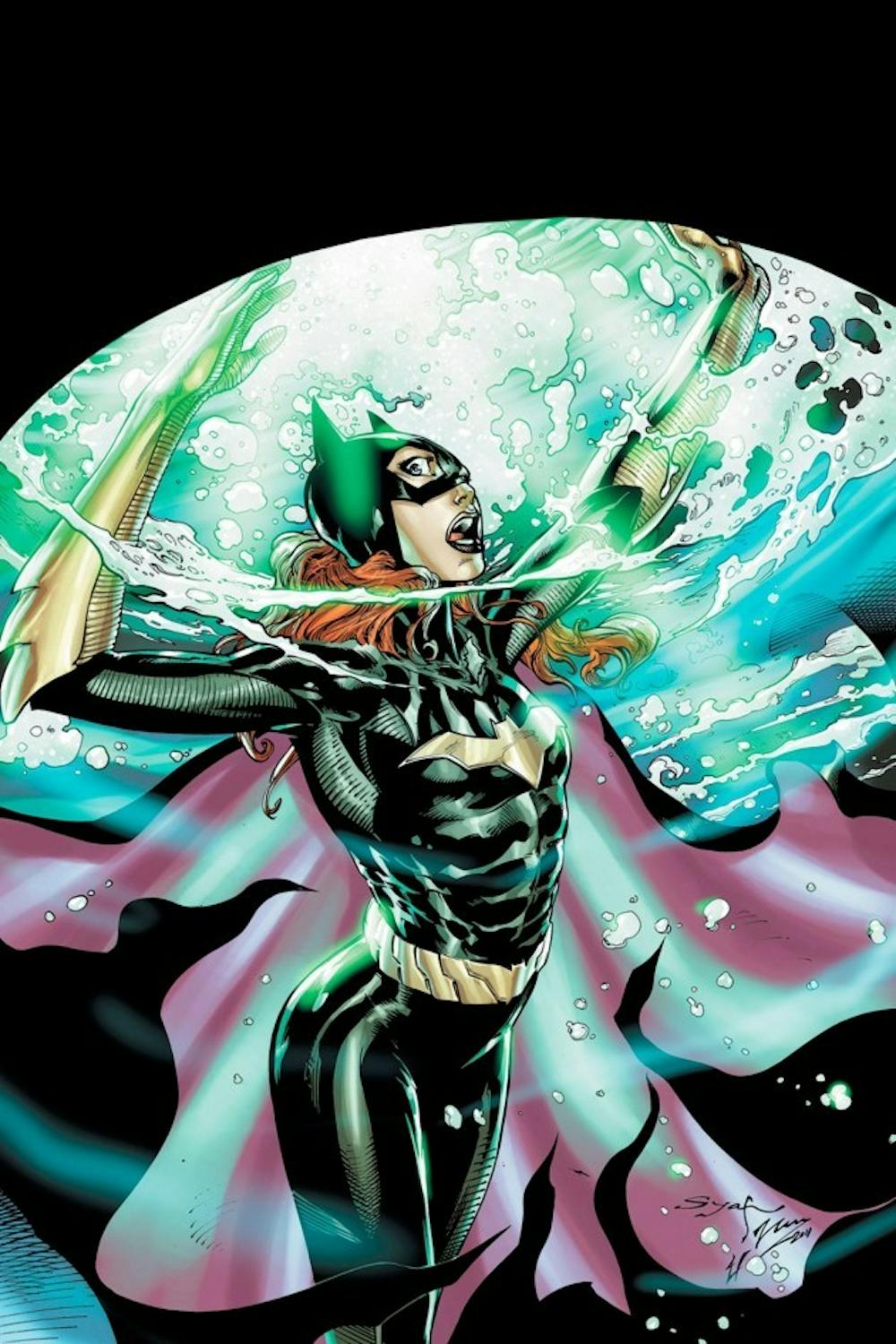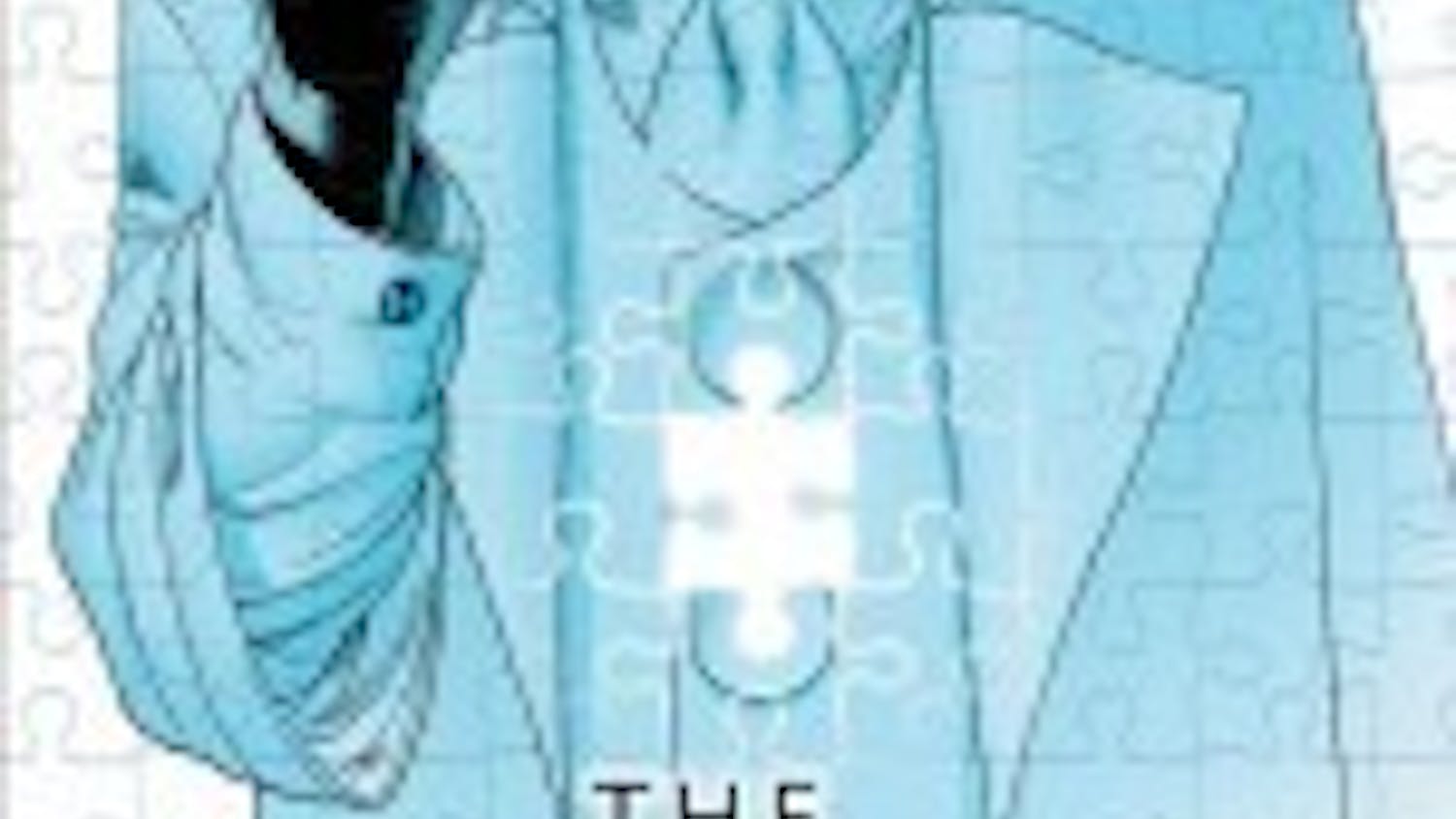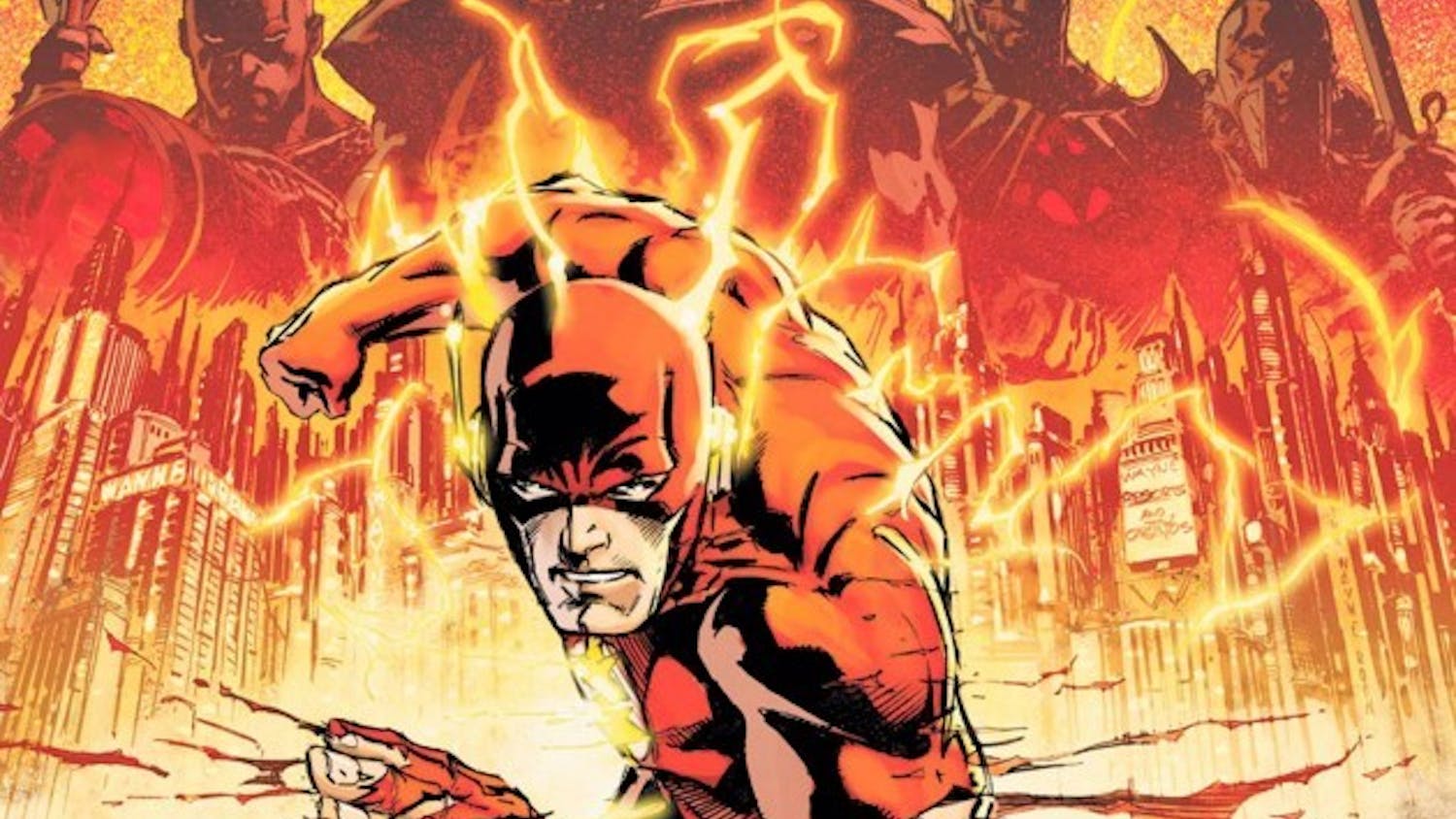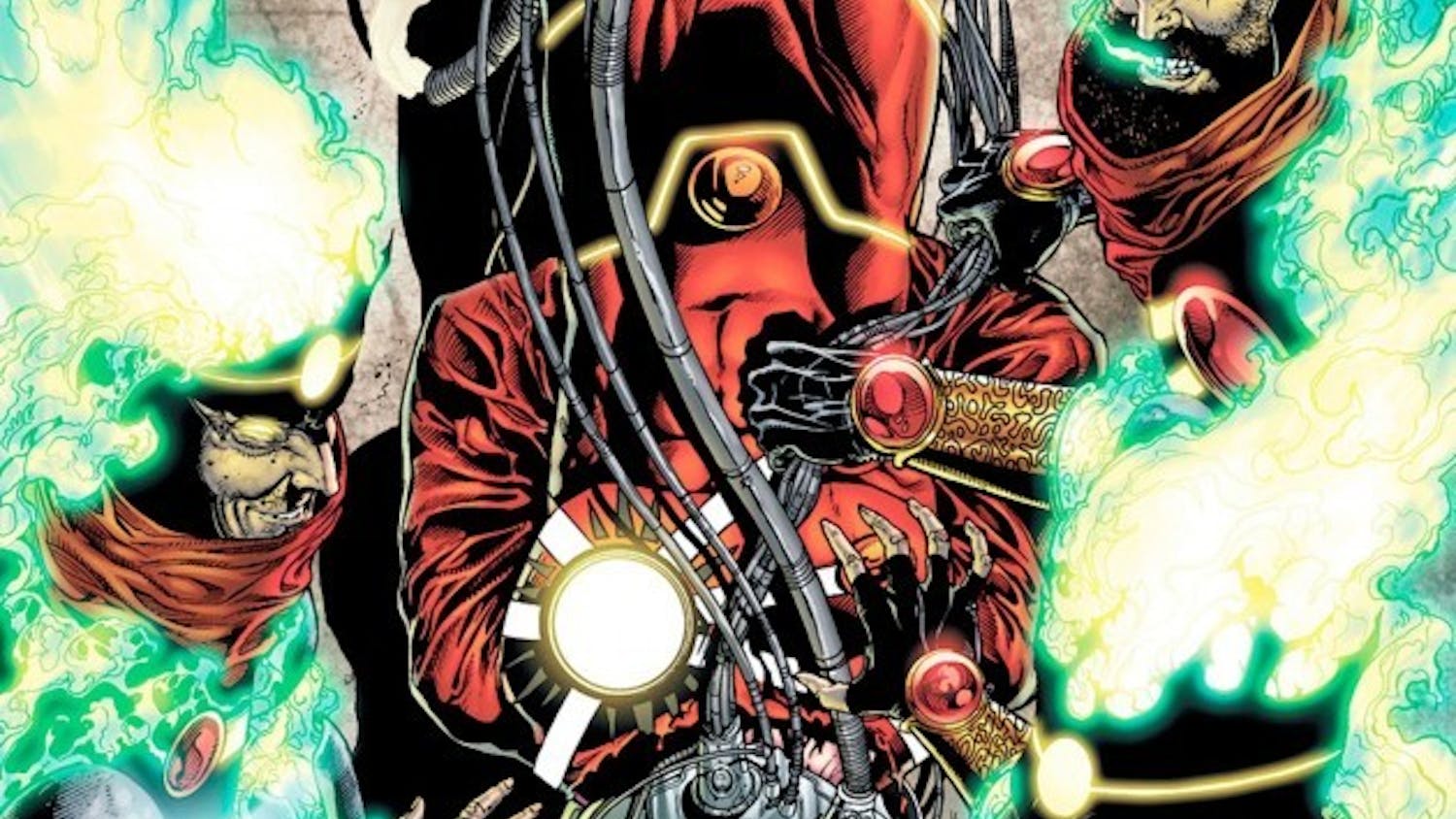Batgirl No. 7
Some writers concoct complex plots that revolutionize the genre, others have destroyed entire franchises with completely forgettable stories and almost irrelevant character development. Sadly, Batgirl's temporary puppet master, Gail Simone, falls more into the latter camp than the former one.
Fans, shocked and amazed by Barbara Gordon's miraculous recovery, have long held a soft-spot in their ink-beating hearts for the detective's daughter, but after the most recent failed attempts to push the Gotham gladiatorinto the bat-shaped spotlight, longtime readers may just throw in the cowl.
Batgirl follows a Gordon burdened by freedom. Gordon, now released from her wheel-chair prison, is free to fight the crime she's only ever been able to combat from afar. Pushing too hard too quick, Gordon barely has her head above the water as she's fighting a new masked adversary that goes only by Grotesque.
Simone attempts to write a Barbara Gordon that is working to cope with the deeper struggles in life - the great balancing act of work, home, and family - and the attempt doesn't go unnoticed. Sadly the character flaws she writes are almost too shallow and, opposed to adding depth to a deserving character, detracts from the reader's experience with the Dark Knight's delinquent counterpart.
Artistically on par with its competitors, the comic at least looks nice. But with a plot as poor as Simone's and additional incomplete characters like Grotesque and Gordon's mother, readers are better off picking up Gotham City Sirens for their weekly dose of femme fatales.
Scarlet Spider No. 3
With Peter Parker gone from the Ultimate Universe for the foreseeable future and Miles Morales garnering all the wall-crawling limelight, a third and all together different, distinctive Spider-Man series has emerged in the form of Chris Yost's Scarlet Spider.
Opposed to writing about the friendly, neighborhood wall-crawler of the Stan Lee era, Yost writes about a cloned offspring of Peter Parker. With all the abilities of the arachnid archetype and none of the mushy morals imposed by the elderly Aunt May, Kaine Parker is free to rule the city of Houston, Texas however he pleases.
Yost does well to write content that goes unseen in any other Marvel series. Kaine goes above and beyond the standard heroic interrogation methods to get what he needs, and with the powers to drop his enemies from the rooftops, it more often than not ends with a few broken bones. Also Kaine, unlike his Peter Parker predecessor, lacks the almost unrelatable high moral standards, making many of his interactions with the public about his personal gain more than anything else.
Between Avenging, Ultimate, and Amazing Spider-Man all vying to be king of the comic crown, the different perspectives presented by Yost and his team, while actually very well received, may not replace its predecessor any time soon.
From its cast of collectively interesting characters, its attempt to take on modern American issues like racism and illegal immigration, and for its artwork that easily rivals its comic competitors, Scarlet Spider is worth its weight in webs...if only for a few issues.
Thief of Thieves No. 2
When writer Robert Kirkman became a household name for his work on The Walking Dead, many desired the zombie lore-master to stick close to his bloodstained guns and not to rock the proverbial boat. In writing his latest series, Thief of Thieves, Kirkman proved he doesn't just have the immense talent to write an undead soap opera, but in essence showed in spades the man can write about almost anything.
Kirkman's plot is simple on its surface. Imagine Danny Ocean's backstory from Steven Soderbergh's Ocean's Eleven, his falling in love with his wife, and Ocean's life of crime that takes place before the Soderbergh epics.
While Kirkman and Co. set the stage in the initial two issues, the only problem is that the final product may just come too close to its Oceanic origins. The main character, Conrad Paulson, determined to call it quits in his life of crime, attempts to rekindle the dead romance with his former lover. Flashbacks of his days before the divorce and heists leading up to the marriage push the plot forward, and in doing so actually adds depth to the characters Kirkman created.
Similarly, artwork by Shawn Martinbrough and colorist Felix Serrano helps to create the big budget illusion with an art style that screams for the silver screen.
Kirkman writes Conrad's character as a suave, comical deviant who has (hopefully) learned there is more to life than money.
While Image Comics hasn't replicated its earlier commercial success quite yet, if Thief of Thievesis anything like prior Kirkman productions, the team's best is yet to come.
Email: arts@ubspectrum.com





